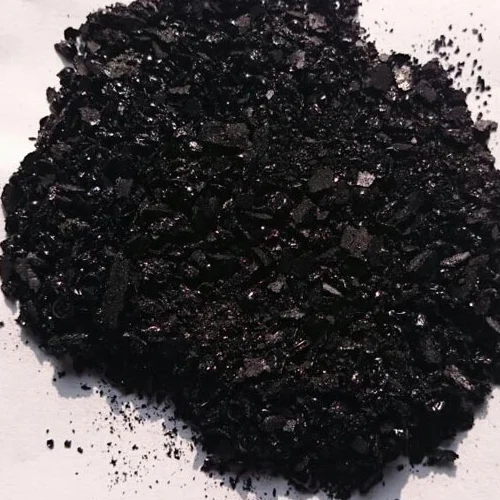Indigo Dyeing Practices and Export Opportunities for Indian Artisans and Businesses
Indigo Dyeing in India A Rich Tradition and Export Potential
Indigo dyeing in India is not just a craft; it is a vibrant cultural heritage that dates back thousands of years. The deep blue hue obtained from indigo plants has been an integral part of Indian textiles, enchanting the world with its rich color and versatility. As globalization and sustainable fashion gain traction, the demand for indigo-dyed products is witnessing a significant surge, creating ample opportunities for exporters across India.
Indigo Dyeing in India A Rich Tradition and Export Potential
The appeal of indigo-dyed textiles goes beyond their aesthetic value. Fabrics such as cotton, silk, and even wool are often treated with indigo to enhance their durability and comfort. The methods of tie-dyeing, block printing, and shibori further contribute to the uniqueness of each piece, making them highly sought after in both domestic and international markets.
indigo dyeing in india exporters

As awareness regarding sustainable practices grows, Indian exporters are capitalizing on the global demand for eco-friendly products. Indigo dyeing, being a natural process, fits perfectly into the narrative of sustainable fashion. International markets, particularly in Europe and North America, are increasingly leaning towards products that not only look good but also have a minimal environmental impact. Exporters are thus focusing on promoting handloom products dyed with natural indigo, thereby supporting local artisans while catering to conscious consumers.
The rise of eco-tourism and the interest in heritage crafts also play a crucial role in boosting the indigo dyeing industry. Many artisans are now collaborating with designers to create modern interpretations of traditional textiles, expanding their reach to fashion-forward consumers. This blend of tradition and contemporary design is proving to be a hit in markets abroad, leading to a thriving export sector.
Moreover, initiatives by the Indian government to promote indigenous crafts and empower artisans are contributing positively to the indigo dyeing export business. Schemes offering financial support, training, and exposure to international markets provide a much-needed boost to small-scale artisans. Organizations, cooperatives, and NGOs are also stepping in to facilitate connections between artisans and global buyers, enhancing the overall supply chain.
In conclusion, indigo dyeing in India represents a confluence of tradition, sustainability, and economic opportunity. As the world moves towards more ethical consumption, Indian exporters are well-positioned to leverage this rich heritage. By focusing on quality, sustainability, and the unique artistry of indigo textiles, they can cater to the growing demand for eco-conscious fashion while keeping alive the age-old traditions of Indian dyeing techniques. The future of indigo dyeing in India is not only bright in the realm of domestic culture but also holds immense potential on the global stage.
-
The Timeless Art of Denim Indigo Dye
NewsJul.01,2025
-
The Rise of Sulfur Dyed Denim
NewsJul.01,2025
-
The Rich Revival of the Best Indigo Dye
NewsJul.01,2025
-
The Enduring Strength of Sulphur Black
NewsJul.01,2025
-
The Ancient Art of Chinese Indigo Dye
NewsJul.01,2025
-
Industry Power of Indigo
NewsJul.01,2025
-
Black Sulfur is Leading the Next Wave
NewsJul.01,2025

Sulphur Black
1.Name: sulphur black; Sulfur Black; Sulphur Black 1;
2.Structure formula:
3.Molecule formula: C6H4N2O5
4.CAS No.: 1326-82-5
5.HS code: 32041911
6.Product specification:Appearance:black phosphorus flakes; black liquid

Bromo Indigo; Vat Bromo-Indigo; C.I.Vat Blue 5
1.Name: Bromo indigo; Vat bromo-indigo; C.I.Vat blue 5;
2.Structure formula:
3.Molecule formula: C16H6Br4N2O2
4.CAS No.: 2475-31-2
5.HS code: 3204151000 6.Major usage and instruction: Be mainly used to dye cotton fabrics.

Indigo Blue Vat Blue
1.Name: indigo blue,vat blue 1,
2.Structure formula:
3.Molecule formula: C16H10N2O2
4.. CAS No.: 482-89-3
5.Molecule weight: 262.62
6.HS code: 3204151000
7.Major usage and instruction: Be mainly used to dye cotton fabrics.

